-
 E-mail
xiaerrachel@gmail.com
E-mail
xiaerrachel@gmail.com
-
 Call Us
008615503206672
Call Us
008615503206672
 E-mail
xiaerrachel@gmail.com
E-mail
xiaerrachel@gmail.com
 Call Us
008615503206672
Call Us
008615503206672
2025-05-21 Views: 2732
Warm Tip: If you want to know more information, like quotation, products, solutions, etc., please Click here ,and contact us online.
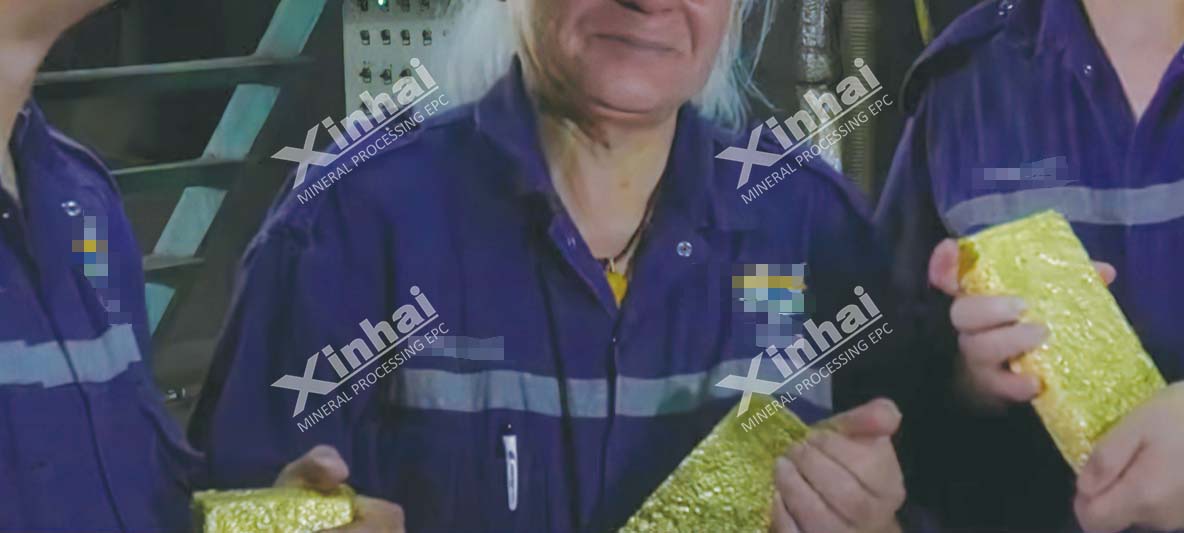
Gold extraction is not easy cause it exists in various forms in nature which requires us to choose the right methods. In this guide, we’ll break down the most common gold ore types and their extraction methods in simple terms—perfect for newcomers to the topic!
What it is: We could find it in ancient sediments or riverbeds, this ore include loose gold particles mixed with sand and gravel.
Extraction: Since gold is physically separated, simple methods like gravity separation (using water to wash away lighter materials) or mercury amalgamation (binding gold with liquid mercury) work well. Recovery rates can exceed 95%.
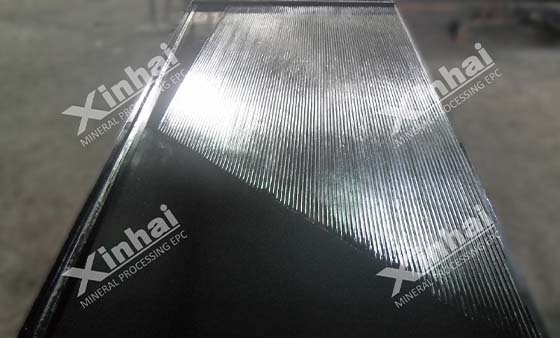
What it is: Gold embedded in quartz rock, often visible as coarse grains.
Extraction: Crush the quartz, then use gravity separation or cyanide leaching (a chemical process that dissolves gold). For fine, "invisible" gold trapped in quartz, advanced techniques like roasting or bio-oxidation may be needed.
What it is: Weathered ore where gold is exposed near the surface, often mixed with iron oxides.
Extraction: Heap leaching is common—pile crushed ore on a liner, spray it with a cyanide solution to dissolve gold, then collect the gold-rich liquid.
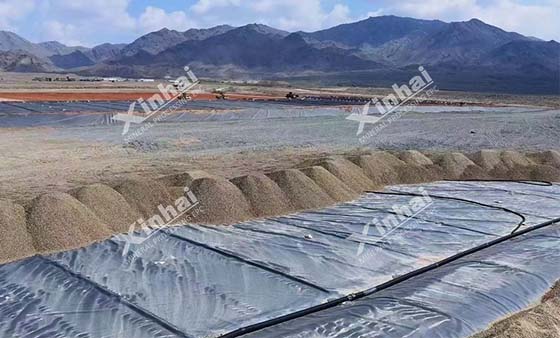
What it is: Gold locked inside sulfide minerals like pyrite or arsenopyrite.
Extraction: Flotation separates sulfide minerals from waste rock. The concentrated sulfides are then roasted or treated with pressure oxidation to release gold for cyanide leaching.
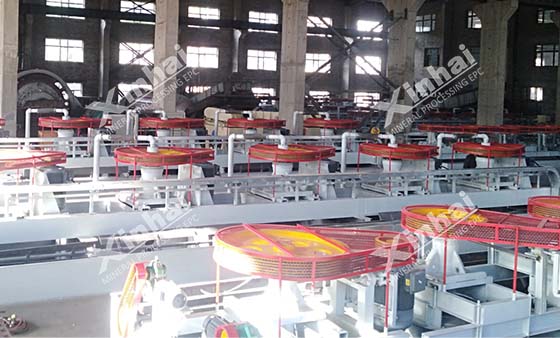
What it is: Contains organic carbon (like graphite) that traps gold during processing.
Challenge: Organic carbon (such as graphite) adsorbs gold-cyanide complexes ("gold robbing effect"), with leaching rates<30%.
Extraction: Prior to cyanide leaching, the ore is pretreated by roasting (95.83% sulfur removal at 1200 °C under 10 Pa) or by neutralizing the carbon using chemicals (Cl₂ or NaClO to passivate carbon active sites).
What it is: Extremely stubborn ore where gold is tightly bound to minerals.
Extraction: Requires aggressive pre-treatment (e.g., bio-oxidation using bacteria to break down minerals) followed by cyanide or alternative solvents like thiosulfate.
What it is: Gold mixed with silver or copper.
Extraction: We can use flotation to separate the valuable metals into concentrates, which can then be smelted or leached. For example, copper and gold concentrates need to be smelted to separate the two metals.
What it is: Formed from hydrothermal fluids near the Earth's surface, often containing fine-grained gold.
Extraction Methods:
Flotation: This is a technique to separate gold particles from other minerals in one ore. It uses chemicals and bubbles to create a froth that floats on the water surface, to which the gold particles adhere. It is effective for ores containing fine gold and associated sulfide minerals.
Cyanide Leaching: Cyanidation is widely used to extract gold from low-grade ores. It is suitable when the gold is in a free-milled form. It uses a cyanide solution (like Cnlite) to dissolve the gold which is later processed into solid gold.
What it is: Contains visible gold particles that are easily separated from the surrounding rock.
Extraction Methods:
Gravity Separation: This method relies on the difference in density between gold and other minerals in ore. It uses water and shaking tables to separate heavy gold from lighter materials.
Amalgamation: In this process, mercury is mixed with crushed ore to form a gold-mercury amalgam, which is then heated to evaporate the mercury, leaving pure gold alone. (note: environmentally risky, not provided)
Cyanide Alternatives: Newer methods use non-toxic agents like iodine or thiosulfate (Cnlite) to reduce environmental harm.
Tailings Management: Modern mines treat waste (tailings) to prevent pollution.
Recovery Rates: Simple ores (like alluvial) achieve >95% recovery, while refractory ores may drop to 70-80% even with advanced methods.
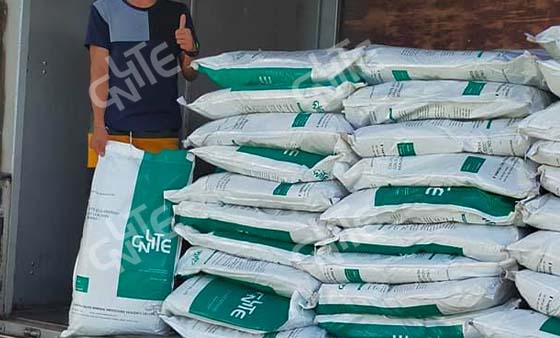
Choosing the wrong extraction method wastes time and money. For example:
Using cyanide on carbonaceous ore without pre-treatment leads to poor recovery.
Heap leaching works for oxidized ore but fails on sulfides.
Test First: Labs analyze ore samples to recommend the best method.
Prioritize Safety: Avoid mercury where possible; opt for eco-friendly alternatives.
Stay Updated: Technologies like bio-oxidation are making tough ores easier to process.
Safety first: Avoid mercury whenever possible; choose environmentally friendly alternatives.
Stay updated: Technologies such as biooxidation are making hard ores easier to process.
By understanding your ore type and matching the appropriate extraction method, you can maximize gold recovery while minimizing costs and environmental impact. If you have any questions, please feel free to contact our technicians and leave your contact information below!
No. 188, Xinhai Street, high-tech Industrial Park, Fushan District, Yantai, Shandong, China.
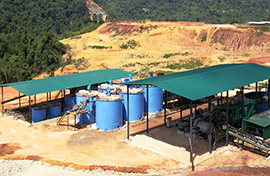
Please leave your message here! We will send detail technical info and quotation to you!